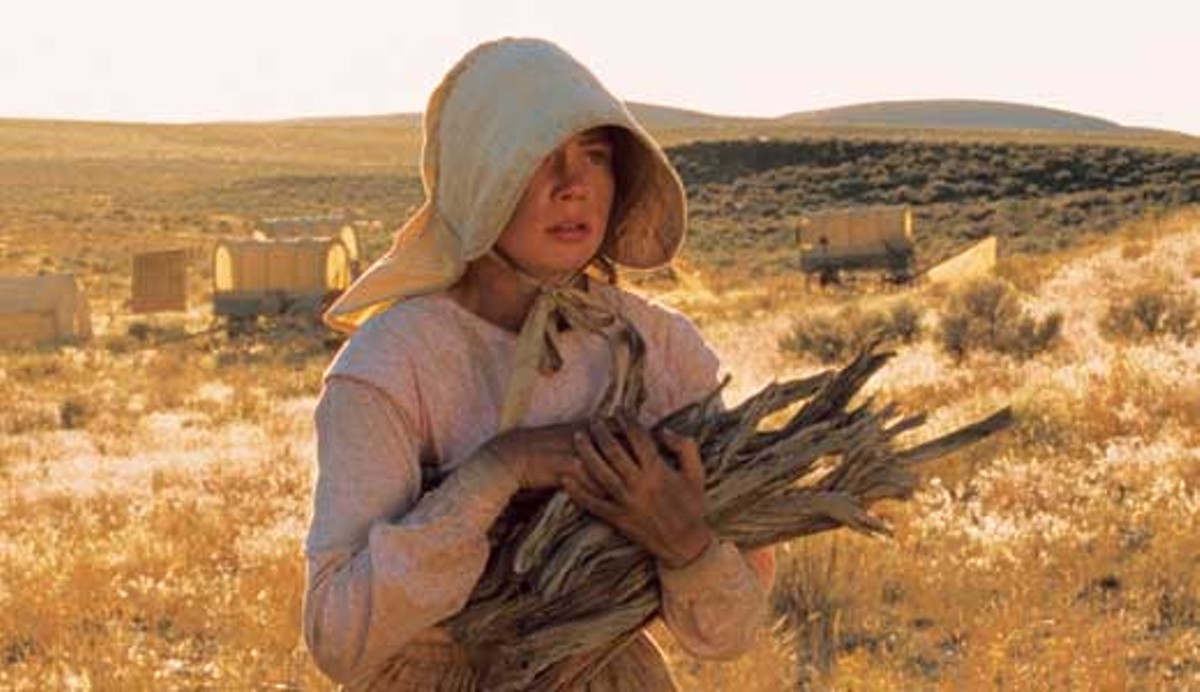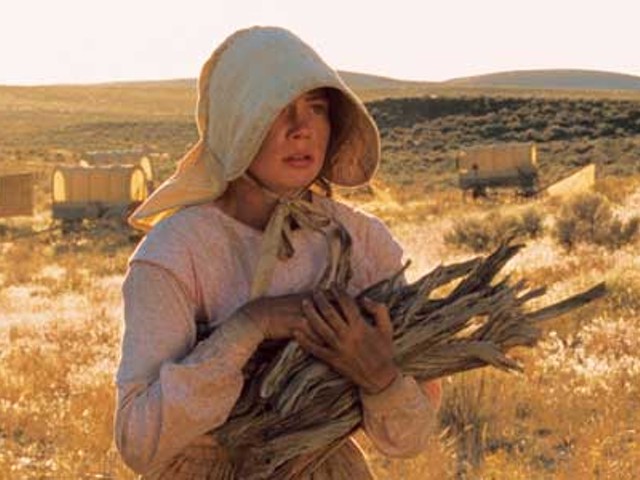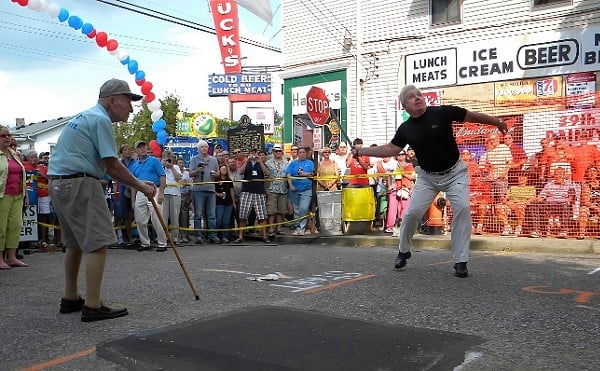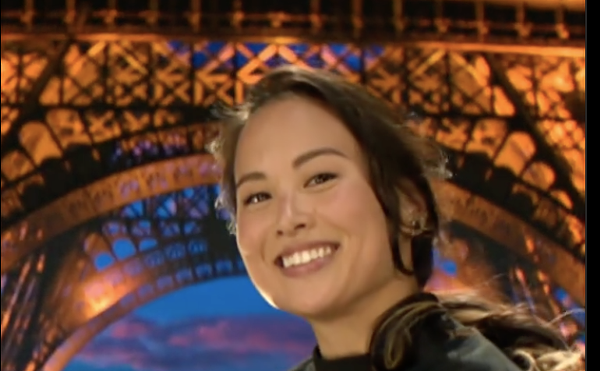If there’s a “Winter’s Bone” at this year’s Flyover, “Meek’s Cutoff” would appear to be it. Directed by Kelly Reichardt, the filmmaker’s past work resembles last season’s sleeper hit in a few ways; namely, Reichardt’s gift for crafting resolute, female leads who roam settings not typically found on the big screen, as well as an ability to stretch a shoestring for a country mile.
The similarities to “Winter’s Bone” end there, however. Reichardt returns to familiar territory for the third in what she and screenwriter Jonathan Raymond call the “Oregon Trilogy.” Loosely described as a feminine take on the Western — there’s no sheriff, saloon or Calvary — “Meek’s Cutoff” follows a group of frontiers people as they inch westward in 1845. They’ve hired Stephen Meek (Bruce Greenwood), an unreliable guide and certified bullshit artist, to shepherd them across the unforgiving terrain.
“We’re not lost. We’re just finding our way,” Meek says at his most oblique.
Michelle Williams — the star of Reichardt’s “Wendy and Lucy” (2008) — once again wanders the Northwest under the filmmaker’s direction, this time as Emily Tetherow. Williams is strong as always and an effective foil to Meek.
After establishing, perhaps too exactingly at times, the grind of cross-country travel in the 1840s, “Meek’s Cutoff” hits its stride when the prospectors realize they aren’t alone in the middle of nowhere. It’s at this point that Emily and Meek become divided on how to handle the perceived threat of a Cayuse tribesman who has crossed their path. The big standoff here is more a battle of persuasion and reason than punches and gun slinging.
Reichardt’s insistence on defying the tropes of the Western is ballsy. But some of the conventions she sidesteps can frustrate, because they are precisely what make the genre so good. Take the film’s aspect ratio: For a long march through the vistas of the Oregon Trail (and all the wide shots that come with that), a broad, Cinescope letterbox would capture a lot of the Cascade Mountains’ natural beauty. Contrarily, Reichardt frames “Meek’s Cutoff” at 1.37:1 — which is basically the dimension of your parents’ old TV screen, a ratio seldom used theatrically since the advent of “talkies.”
Reichardt’s explanation for this is fascinating, though. Told from the point of view of frontierswomen, the narrow box Reichardt chooses is meant to replicate the blinders-effect of the bonnets strapped to her characters’ faces. This is a compelling decision for sure, one that may deprive the audience aesthetically, but enhances their impressionistic experience and understanding of what it was to be a female settler more than 150 years ago.
The question for the viewer is how intimately do you want to be acquainted with this struggle? “Meek’s Cutoff” isn’t intended to be comfortable. The constant rattles and squeaks of the wagons are purposely trance-inducing. Viewers will find that the plodding pace and mood take some getting used to and that more than one “huh?” may rise from the audience when the end-credits roll.
It is also these qualities that allow “Meek’s Cutoff” to linger with you long after you’ve left the theater. It’s an artwork that can be dissected and better digested later, one that will likely split audiences on whether it is boring or brilliant.
For me, it’s a little of both.






